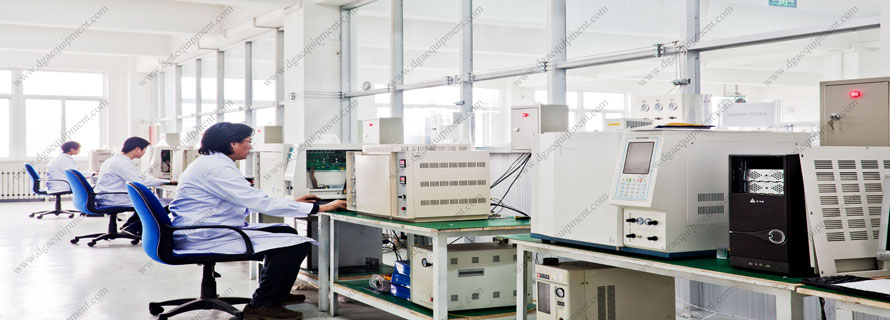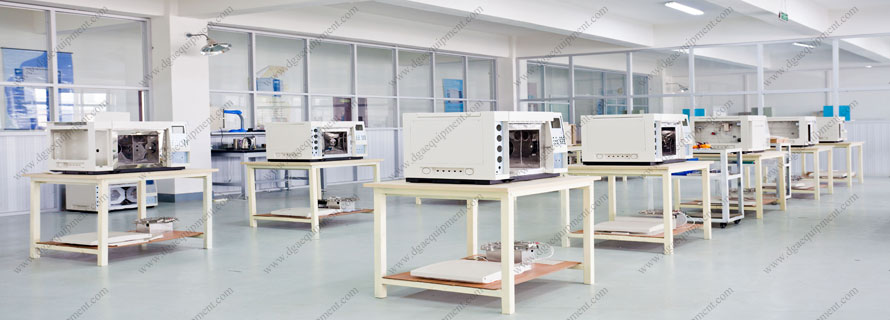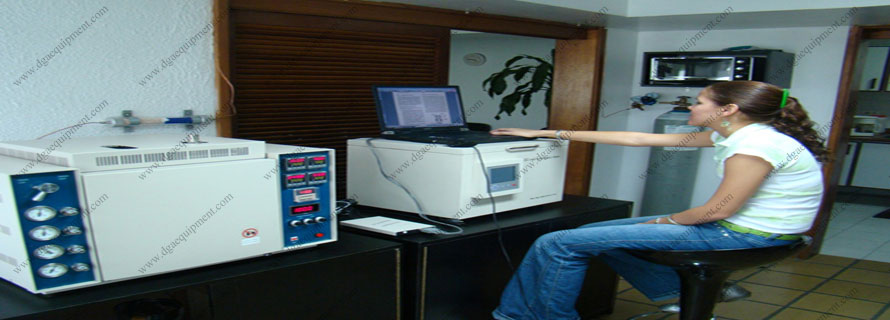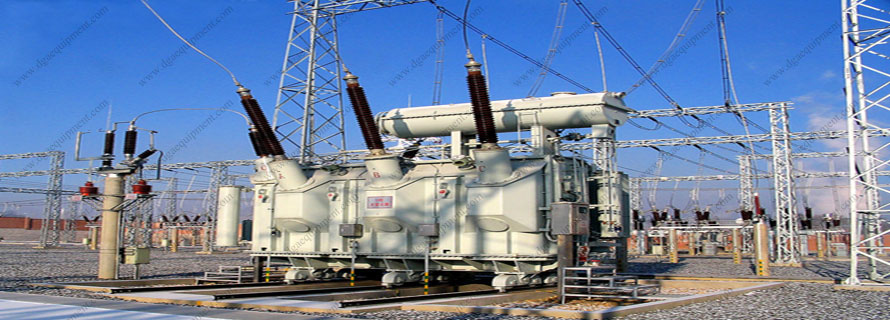ASTM D7261 Standard Test Method for Determining Water Separation Characteristics of Diesel Fuels by Portable Separometer
4. Summary of Test Method
4.1 A 50 mL water/fuel sample emulsion is created in a syringe using a high-speed mixer. The emulsion is then expelled from the syringe at a programmed rate through a standard fiberglass coalescer and the effluent is analyzed for uncoalesced water by a light transmission measurement.
4.2 The results are reported on a 0-to-100 scale to the nearest whole number, however the effective range of the test equipment is from 50 to 100. High ratings indicate that water is easily coalesced, implying that the fuel is relatively free of surfactants.
4.3 A test can be performed in 5 min to 10 min.
5. Significance and Use
5.1 This test method provides a measure of the presence of surfactants in diesel fuels, and can be performed in the field or in a laboratory. Like Test Method D3948 used for jet fuel, this test method can detect traces of some refinery treating chemicals left in fuel. It can also detect surface active substances added to or picked up by the fuel during handling from point of production to point of use.
5.2 Certain additives, which can act as weak surfactants, give a slightly reduced DSEP rating. Other substances which are strong surfactants give much lower DSEP ratings.
5.3 This test method recommends use of the D cell coalescer when testing ULSD that contains less than 1 % biodiesel content. The DB cell coalescer should be used when testing B1-B20 blends. Weak surfactants, with slightly reduced DSEP ratings, do not significantly affect the ability of filter separators to separate free water from the fuel. Strong surfactants give a much lower DSEP rating and adversely affect the ability of filter separators to separate free water from the fuel.
5.4 Results from this test method do not have a known relationship to the rate of water settling in tanks.
5.5 The Micro-Separometer instrument has a measurement range from 50 to 100. Values obtained outside of those limits are undefined and invalid.
NOTE 2 - In the event a value greater than 100 is obtained, there is a good probability that light transmittance was reduced by material contained in the fuel used to set the 100 reference level. The material was subsequently removed during the coalescing portion of the test, thus, the processed fuel had a higher light transmittance than the fuel sample used to obtain the 100 reference level resulting in the final rating measuring in excess of 100.
6. Interferences
6.1 Any suspended particles, whether solids or water droplets or haze, in a fuel sample will interfere with this test method, which utilizes light transmission of a fuel sample after emulsification with water and subsequent coalescence.
6.2 Some non-hydrocarbon components such as oxygenates, especially alcohols, or emulsified water have not been verified for this test method and will likely interfere.



